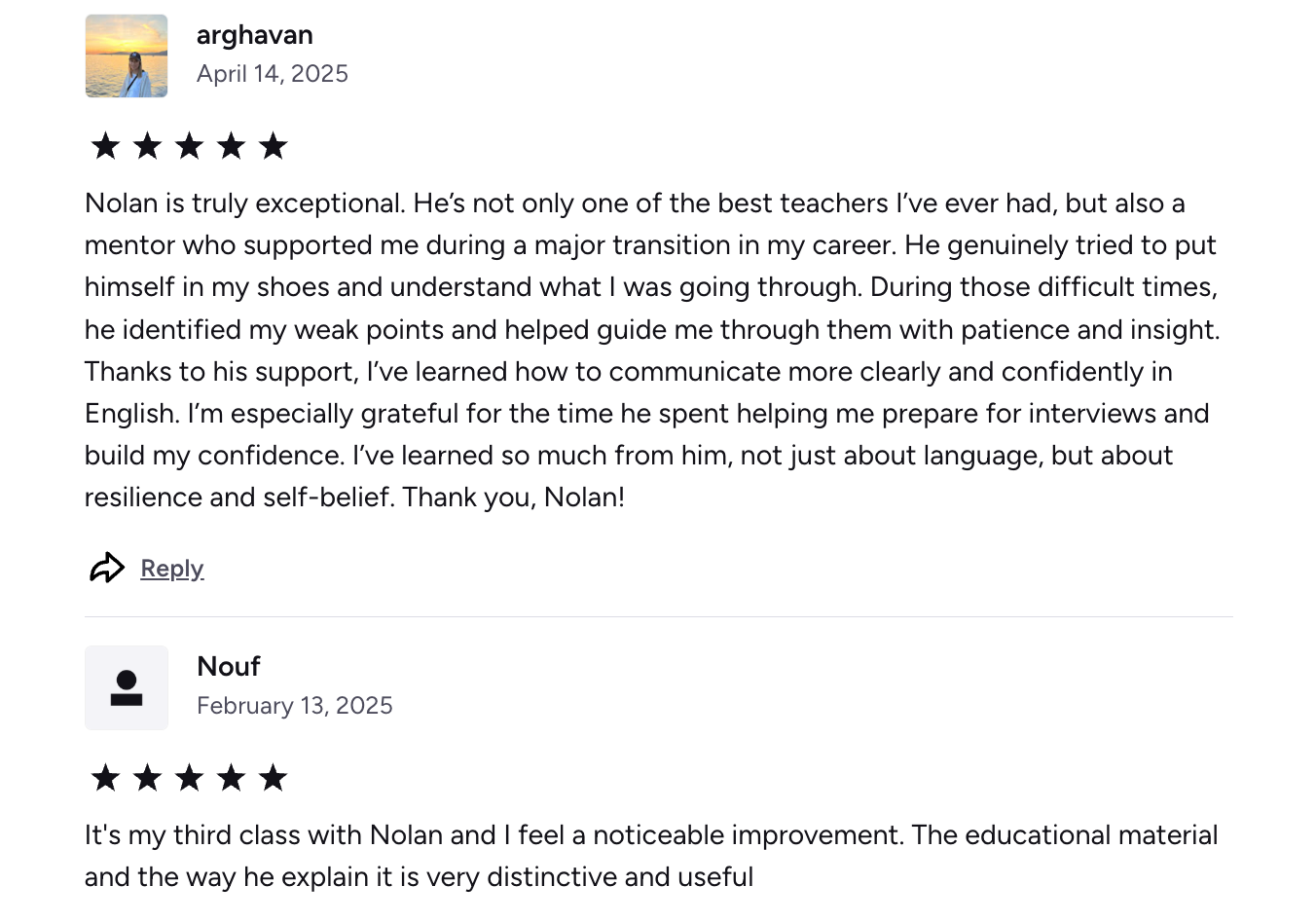Why Tiny Words Build Entire Worlds - Porque las palabras pequeñas construyen mundos enteros

PART 1—THE INVISIBLE GRAMMAR: WHY TINY WORDS BUILD ENTIRE WORLDS
[ENGLISH]
Every language learner has that one moment when they think they’re fluent until a three-letter word strips their ego bare. You can discuss politics/alarming stupidity, explain your dreams and failures, or flirt with such expertise that your orgasms have become bilingual, and then a native speaker pauses and says: “Wait… did you just say ‘at the school’ or ‘in the school?”
These are the invisible words that make or break fluency: articles, pronouns, and prepositions. They’re not grammar glue—they’re geometry. They show how you see space, time, and relationships.
[ESPAÑOL]
Todo estudiante de idiomas tiene ese momento en que cree que ya es fluido… hasta que una palabra de tres letras le deja el ego en carne viva. Puedes hablar de política o de estupideces alarmantes, explicar tus sueños y fracasos, o coquetear con tal maestría que tus orgasmos se han vuelto bilingües, y entonces un hablante nativo se detiene y dice: «Espera… ¿has dicho at the school o in the school?».
Estas son las palabras invisibles que deciden la fluidez: los artículos, los pronombres y las preposiciones. No son el pegamento de la gramática: son geometría. Muestran cómo concibes el espacio, el tiempo y las relaciones.
PART 2—THE ENGLISH “IN / ON / AT” TRIANGLE (TIME)
[ENGLISH]
Think of English prepositions as zoom levels on a camera.
- IN = the wide shot. Big, general, blurry around the edges.
- ON = the medium shot. You can see detail, but not the pores.
- AT = the close-up. Specific, sharp, slightly uncomfortable.
IN covers the largest time frames—months, years, centuries, seasons, parts of the day.
in January · in 2025 · in the morning · in the past
ON zooms closer—specific days, dates, holidays, or “the morning of…” situations.
on Monday · on April 3rd · on Christmas Day · on Saturday morning
AT is microscopic—exact times or small points in time.
at 3 p.m. · at midnight · at Christmas · at the weekend (UK)
So if your student asks, “Why in the morning but at night?” the answer is: because English doesn’t care about logic, it cares about sound. “At night” feels better. Language is a pattern before reason.
[ESPAÑOL]
Piensa en las preposiciones inglesas como en el zoom de una cámara.
- IN = plano general. Amplio, difuso, sin bordes.
- ON = plano medio. Ves los detalles, pero no los poros.
- AT = primer plano. Específico, nítido y un poco incómodo.
IN cubre los periodos más grandes—meses, años, siglos, estaciones o partes del día.
in January · in 2025 · in the morning · in the past
ON se acerca más—días concretos, fechas, festivos o expresiones tipo the morning of….
on Monday · on April 3rd · on Christmas Day · on Saturday morning
AT apunta con precisión quirúrgica—horas o momentos muy concretos.
at 3 p.m. · at midnight · at Christmas · at the weekend (UK)
Y si un alumno te pregunta por qué se dice in the morning pero at night, la respuesta es sencilla: el inglés no busca lógica, busca ritmo. At night suena mejor. El idioma es patrón antes que razón.
PART 3—THE ENGLISH “IN / ON / AT” TRIANGLE (PLACE)
[ENGLISH]
Now flip the same camera rule to space.
- IN = inside a box.
- ON = on the surface.
- AT = at a pin on the map.
Examples:
in Spain · in a room · in the car
on the floor · on a bus · on the wall
at the station · at home · at a concert
Notice how “on the bus” but “in the car” reflects culture, not logic. The English imagine buses as public surfaces, cars as private bubbles. That’s why it’s “on the train” but “in a taxi.” Prepositions reveal social metaphors hidden in language.
[ESPAÑOL]
Ahora aplica la misma lógica al espacio:
- IN = dentro de una caja.
- ON = sobre una superficie.
- AT = en un punto concreto del mapa.
Ejemplos:
in Spain · in a room · in the car
on the floor · on a bus · on the wall
at the station · at home · at a concert
Fíjate: se dice on the bus pero in the car. No es por lógica, sino por cultura. El inglés ve los autobuses como superficies públicas y los coches como burbujas privadas. Por eso dice on the train pero in a taxi. Las preposiciones revelan metáforas sociales escondidas en el idioma.
PART 4—THE SPANISH SIDE OF MADNESS: “POR” VS. “PARA,” “EN,” “A,” “DE”
[ENGLISH]
Then there’s Spanish, where prepositions are less about geometry and more about intention.
English wants to locate you; Spanish wants to know why you’re there.
Por explains cause, reason, or movement through something.
Trabajo por dinero. (Because of money.)
Camino por el parque. (Through the park.)
Para explains purpose, destination, or goal.
Trabajo para ganar dinero. (In order to.)
Este regalo es para ti. (Destination.)
A often marks direction or a personal object.
Voy a Madrid. · Llamo a mi madre.
En shows place or position.
Estoy en casa. · En la playa.
De is the most versatile of all—origin, possession, material, theme.
Vengo de España. · La casa de Juan. · Una taza de café.
[ESPAÑOL]
Y luego está el español, donde las preposiciones no van tanto de geometría como de intención.
El inglés quiere saber dónde estás; el español quiere saber para qué estás.
Por indica causa, motivo o movimiento a través de algo.
Trabajo por dinero. (Por causa del dinero.)
Camino por el parque. (A través del parque.)
Para marca finalidad, destino o propósito.
Trabajo para ganar dinero.
Este regalo es para ti.
A señala dirección o complemento personal.
Voy a Madrid. · Llamo a mi madre.
En marca lugar o posición.
Estoy en casa. · En la playa.
De es el comodín: origen, posesión, material, tema.
Vengo de España. · La casa de Juan. · Una taza de café.
PART 5—HOW TO FEEL PREPOSITIONS
[ENGLISH]
The only way to stop translating prepositions is to feel the space they create.
English prepositions describe position; Spanish ones describe connection.
In English, you’re in love (inside the feeling), on a team (standing on its surface), at a loss (a single mental point).
In Spanish, you’re enamorado de alguien, not in love with—because love is imagined as something coming from the other person.
So instead of memorizing lists, imagine movement:
- IN → enclosure, container.
- ON → surface or support.
- AT → target or point.
- POR → path or reason.
- PARA → destination or goal.
Language follows physics; grammar is choreography.
[ESPAÑOL]
La única forma de dejar de traducir preposiciones es sentir el espacio que crean.
Las preposiciones inglesas describen posición; las españolas describen conexión.
En inglés estás in love, dentro del sentimiento; on a team, sobre una superficie; at a loss, en un punto mental.
En español estás enamorado de alguien, no in love with alguien, porque el amor se imagina como algo que viene de la otra persona.
En vez de memorizar listas, imagina movimiento:
- IN → dentro.
- ON → sobre.
- AT → hacia o en un punto.
- POR → a través de / por causa de.
- PARA → con destino o finalidad.
El idioma obedece a la física; la gramática es una coreografía.
PART 6—ARTICLES & PRONOUNS: THE UNSPOKEN RELATIONSHIP
[ENGLISH]
English learners trip over a/an/the; Spanish learners trip over when to drop them.
It’s not about rules—it’s about visibility.
If the noun is new or countable, English wants to introduce it with "as": I bought a cat.
If it’s known or unique, English marks it with "the": The cat is asleep.
Spanish already tracks that through conversation; it just says Compré un gato / El gato duerme. Same mental math, fewer markers.
Pronouns follow the same logic:
English keeps subjects: I saw him.
Spanish hides them: Lo vi.
English needs to say to me, for me, with me.
Spanish glues them: me, te, le, se.
Both systems manage proximity—one with words, the other with rhythm.
[ESPAÑOL]
Los angloparlantes tropiezan con a/an/the; los hispanohablantes con cuándo suprimirlos.
No va de reglas, sino de visibilidad.
Si el sustantivo es nuevo o contable, el inglés lo presenta con "a": I bought a cat.
Si ya es conocido o único, lo marca con "the": The cat is asleep.
El español ya controla eso por contexto: Compré un gato / El gato duerme. Misma lógica mental, menos señales.
Con los pronombres pasa igual:
El inglés mantiene el sujeto: I saw him.
El español lo esconde: Lo vi.
El inglés dice to me, for me, with me;
el español lo funde: me, te, le, se.
Ambos idiomas gestionan la cercanía, uno con palabras, el otro con ritmo.
PART 7—PRACTICE: TRANSLATION TRAPS & REWRITES
A. Fill-in-the-blank (Time & Place)
- Did you start working ___ 2018?
- Were you born ___ summer or winter?
- What do you usually do ___ Sundays?
- Have you ever gotten lost ___ a big airport?
- Were you ___ the meeting this morning?
Answers: in · in · on · in · at
B. Spanish learners’ quick test
- Trabajo ___ dinero.
- Este regalo es ___ ti.
- Voy ___ Madrid.
- Llego ___ casa.
- Dependo ___ ti.
Respuestas: por · para · a · a · de
C. Cultural mini-dialogues
1. Public vs. private transport
—Where are you?
—On the bus.
Spanish brain: ¿Encima del autobús?
English brain: No, just… socially suspended inside a moving rectangle.
2. Purpose vs. cause
—¿Por qué estudias español?
—Por trabajo.
—¿Y para qué lo estudias?
—Para poder vivir en Madrid sin sufrir.
Two questions, one language, totally different logic.
D. Reflective task
Describe your morning once in English, once in Spanish.
Notice how your prepositions and articles change the focus of the story.
In English, you’ll likely mark every object (at the bus stop, on the phone, in the meeting).
In Spanish, you’ll probably mark every relationship (en el trabajo, con mi jefe, para acabar pronto).
That’s not a mistake—that’s perspective.
PART 8—CONCLUSION: THINKING BETWEEN LANGUAGES
[ENGLISH]
If you ever feel that prepositions, articles, and pronouns are trying to ruin your life, congratulations—you’re reaching fluency.
These are the words that reveal how you think, not what you think.
English cuts the world into points and boxes; Spanish connects it through purpose and flow.
The goal isn’t to memorize lists but to sense the geometry of meaning.
Once you start feeling when something belongs in the box, on the line, or at the point—
and when something moves por cause or para purpose—
you stop being a learner and start being a bilingual architect of space and time.
[ESPAÑOL]
Si alguna vez sientes que las preposiciones, los artículos y los pronombres te quieren arruinar la vida, enhorabuena: estás llegando a la fluidez.
Estas son las palabras que revelan cómo piensas, no qué piensas.
El inglés corta el mundo en puntos y cajas; el español lo une por intención y movimiento.
El objetivo no es memorizar listas, sino sentir la geometría del sentido.
Cuando empiezas a notar cuándo algo pertenece in la caja, on la línea o at el punto—
y cuándo algo se mueve por causa o para objetivo—
dejas de ser estudiante y te conviertes en arquitecto bilingüe del espacio y tiempo.
CALL TO ACTION
[ENGLISH]
If you live between languages and want to build this kind of awareness into your fluency, this is what I teach: English for people who think in motion—expats, translators, global citizens, cultural nomads.
Join the newsletter at bornwithoutborders.world or book a 1:1 class.
[ESPAÑOL]
Si vives entre idiomas y quieres desarrollar esta conciencia en tu fluidez, esto es lo que enseño: inglés y español para quienes piensan en movimiento—expatriados, traductores, ciudadanos del mundo, nómadas culturales.
Suscríbete a la newsletter en bornwithoutborders.world o reserva una sesión individual.

All my work is published on Ghost, a decentralized, non-profit, and carbon-neutral platform—free from VC funding and the grip of technofeudal lords.
I don’t use algorithms to hijack your attention.
My work can only exist if you share and support it.
Todo mi trabajo está publicado en Ghost, una plataforma descentralizada, sin ánimo de lucro y neutra en carbono —lejos de la financiación de capital riesgo y del control de los señores tecno-feudales.
No uso algoritmos para secuestrar tu atención.
Este trabajo solo puede existir si lo compartes y lo apoyas.
Related Articles - Artículos relacionados




Member discussion